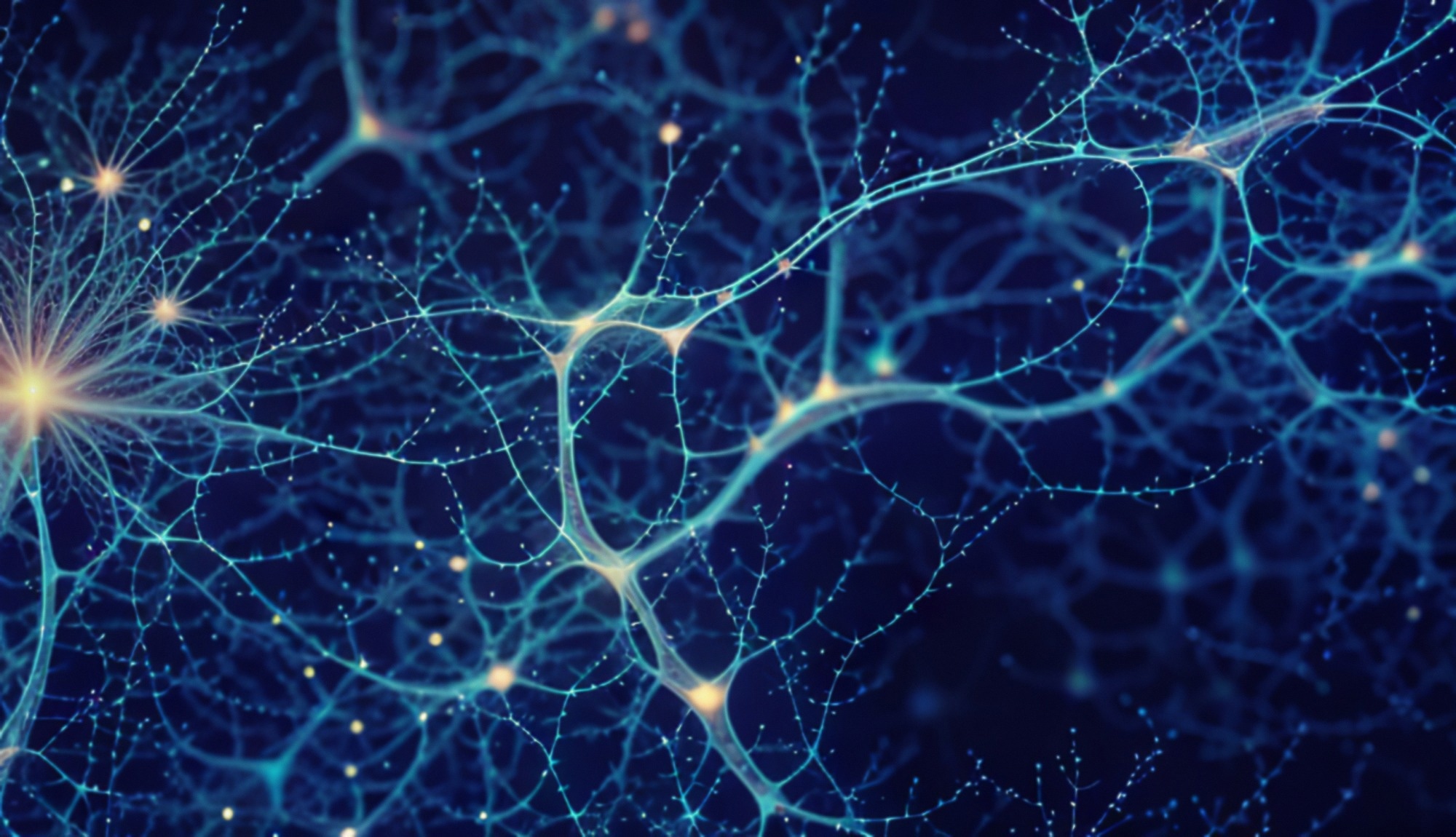In a recent review published in the Journal of Biomedical Science, researchers explore the role of self-extracellular nucleic acids (SENAs) in diseases like stroke, multiple sclerosis (MS), Alzheimer’s disease (AD), and Parkinson’s disease (PD).
 Study: Brain alarm by self-extracellular nucleic acids: from neuroinflammation to neurodegeneration. Image Credit: lumerb / Shutterstock.com
Study: Brain alarm by self-extracellular nucleic acids: from neuroinflammation to neurodegeneration. Image Credit: lumerb / Shutterstock.com
The pathogenesis of neuroinflammation
Neuroinflammation contributes to neurological diseases like stroke, infections, traumatic brain injury, AD, PD, and MS. This inflammation is driven by the immune system's response to both danger-associated molecular patterns (DAMPs) and microbial pathogen-associated molecular patterns (PAMPs).
DAMPs and PAMPs are detected by pattern recognition receptors (PRRs), including toll-like receptors (TLRs). When activated, PRRs stimulate inflammatory responses, mainly through the nuclear factor-kappa B (NF-κB) pathway, thereby promoting the release of cytokines and chemokines that subsequently attract more inflammatory cells.
PRRs like TLRs detect DAMPs and PAMPs, both of which are crucial for responding to infections and injuries. In addition to immune cells, PRRs are also widely distributed throughout the central nervous system, where they protect against brain infections and conditions like Alzheimer's and strokes.
Other sensors, like retinoic acid-inducible gene-1 (RIG-1)-like receptors (RLRs), absent in melanoma 2 (AIM2), and cyclic GMP-AMP synthase (cGAS)-stimulator of interferon genes (STING) pathways recognize nucleic acids and, as a result, contribute to inflammation. Overstimulation can cause autoimmune diseases like systemic lupus erythematosus (SLE).
What are SENAs?
SENAs, a type of DAMP, play significant roles in various conditions; however, their involvement in neuroinflammatory diseases remains understudied.
SENAs include cell-free circulating forms like nuclear deoxyribonucleic acid (DNA), mitochondrial DNA, and various ribonucleic acid (RNA) species found in extracellular fluids such as blood plasma and cerebrospinal fluid. These nucleic acids can leak from damaged, tumor, or immune cells during specific conditions like hypoxia or stress.
Released RNA types include microRNA, long non-coding RNA, and circular RNA (circRNAs). These can be free or bound to proteins, lipids, or extracellular vesicles (EVs). EV-associated RNAs, like miRNAs, can move between cells, influencing gene expression.
Role of SENAs in stroke
Ischemic stroke, which accounts for 87% of strokes, was responsible for over seven million deaths in 2020. This type if stroke arises from blood flow disturbances in the brain due to thrombotic or embolic events.
Following ischemia, a series of cellular reactions occur, from ionic imbalances to inflammation. Dying neurons release DAMPs, thus activating brain cells and intensifying tissue damage.
Extracellular RNAs (exRNAs) significantly influence neuroinflammation after stroke, especially in regulating blood-brain barrier (BBB) permeability. Studies on rats revealed that exRNAs aggravate ischemic injury, whereas RNase1 pre-treatment offered protection.
Specific non-coding RNAs (ncRNAs) can be used as stroke biomarkers and therapy targets, with certain microRNAs modulating post-stroke inflammation and long non-coding RNAs (lncRNAs) influencing inflammation regulation. Additionally, extracellular DNA, particularly from neutrophils, intensifies inflammation. Therefore, targeting these mechanisms offers promising therapeutic avenues for ischemic stroke.
SENAs and MS
MS is a central nervous system inflammatory disorder predominantly affecting individuals between 20-40 years of age. Typical symptoms of MS include visual disturbances, paresthesia, muscle weakness, and ataxia.
Initially, 80-85% of patients will be diagnosed relapsing-remitting MS (RRMS); however, most MS cases will eventually progress to secondary progressive MS (SPMS). Notably, 10-15% of MS patients are initially diagnosed with primary progressive MS (PPMS).
The pathogenesis of MS involves both genetic and environmental factors triggering an erroneous autoimmune reaction that damages myelin and axons. This disease likely begins with autoimmune neuroinflammation targeting myelin that eventually transitions to neurodegeneration.
Recent studies underscore the significance of extracellular RNAs, especially ncRNAs, in MS. Notably, certain microRNAs influence immune responses, with specific lncRNAs implicated in inflammation regulation. Extracellular mitochondrial DNA is also involved in MS neuroinflammation, thus indicating ongoing nerve damage.
SENAs and AD
AD is a predominant age-related neurodegenerative condition marked by memory loss, cognitive deterioration, and impaired reasoning. AD is primarily characterized by amyloid plaques and neurofibrillary tangles (NFTs) that consist of amyloid-β (Aβ) peptides and hyper-phosphorylated tau protein, respectively.
Several microglial genes correlate with late-stage AD, with Aβ causing these cells to release inflammatory substances. Astrocytes also exhibit notable changes in AD that may exacerbate the disease by producing neurotoxic elements.
Recent studies emphasize the role of ncRNAs in modulating pivotal AD processes, including neuroinflammation. For example, certain microRNAs influence inflammatory responses, while specific lncRNAs and circRNAs may regulate inflammation in AD. Moreover, varying levels of extracellular mitochondrial DNA in AD patients might offer diagnostic insights, though more research is warranted to pinpoint their exact roles.
SENAs in PD
PD is the second most common neurodegenerative disorder after AD, as it affects about 2% of those over 65 years of age. PD can be further characterized as the widespread late-onset idiopathic and familial types. The etiology of idiopathic PD combines genetic and environmental factors, whereas early-onset form often arises from distinct gene mutations.
PD is marked by dopaminergic neuron degeneration and Lewy bodies laden with misfolded α-synuclein. Some of the most common symptoms of PD include tremors, rigidity, slowed movement, and cognitive impairments.
Specific lncRNAs in the brain have been implicated in PD, as they impact processes like protein aggregation and neuroinflammation. Emerging studies on circRNAs also suggest their role in PD. Distinctive mexDNA levels may also serve as PD indicators, with mitochondrial malfunction and mtDNA release linked to PD-related inflammation.
Journal reference:
- Kunze, R., Fischer, S., Marti, H. H., & Preissner, K. T. (2023). Brain alarm by self-extracellular nucleic acids: from neuroinflammation to neurodegeneration. Journal of Biomedical Science. doi:10.1186/s12929-023-00954-y